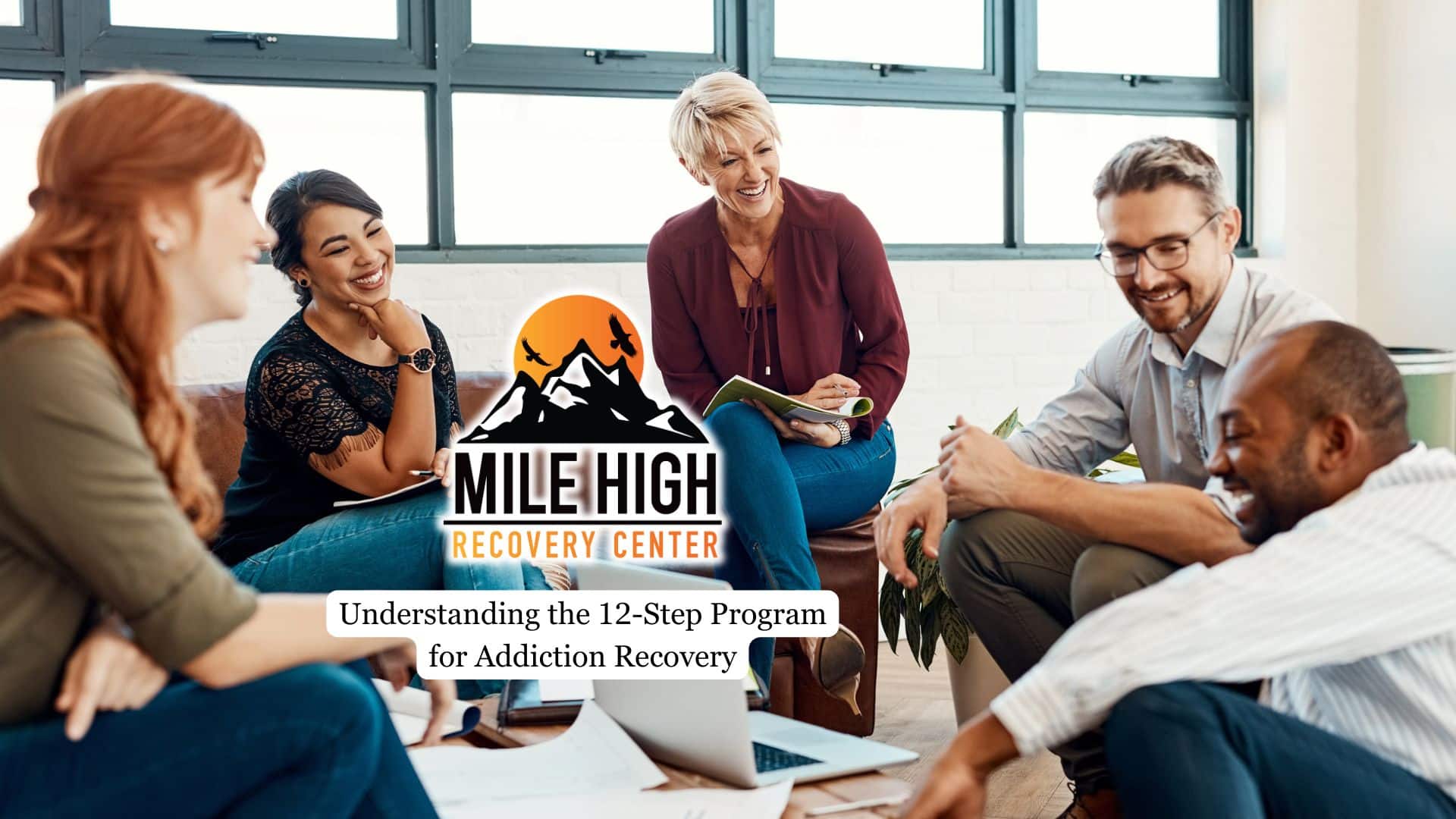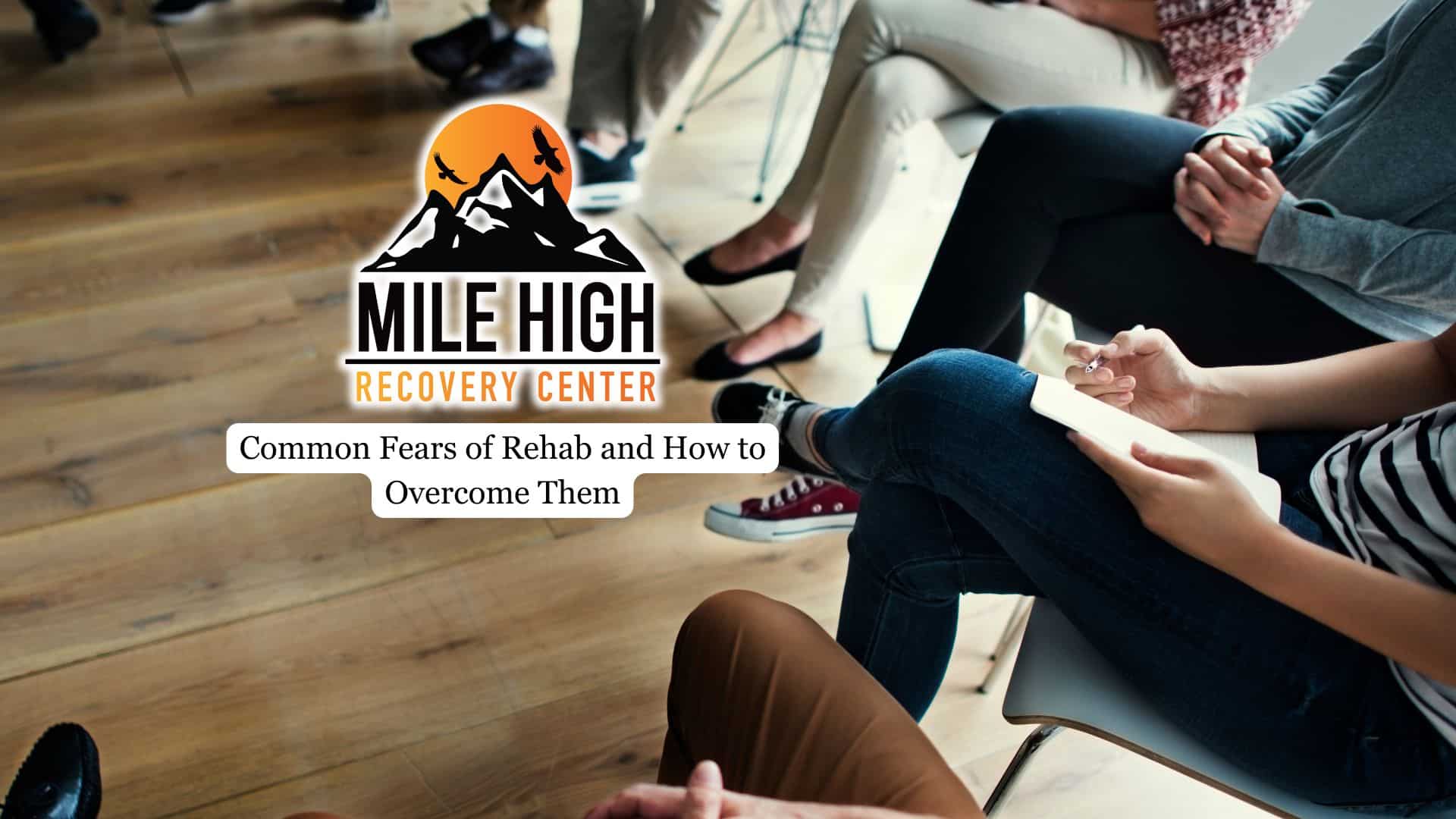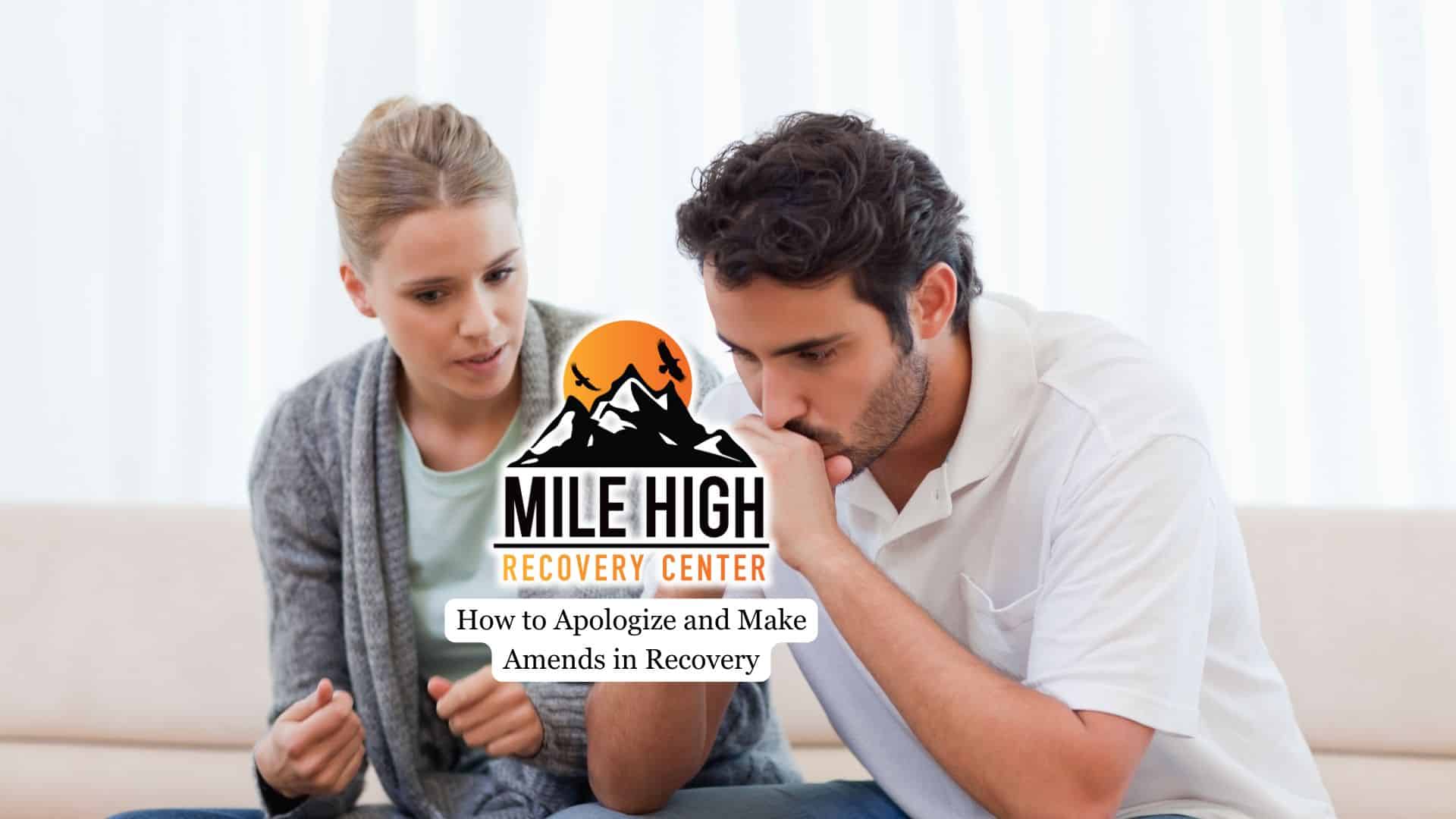Addiction recovery can be a challenging and deeply personal journey, but many individuals have found lasting support and healing through the 12 Steps. Originally developed by Alcoholics Anonymous, this structured approach offers a spiritual and practical framework to help people overcome addiction and rebuild their lives.
In this article, we explore what the program entails, how it supports those struggling with substance use disorders (SUD), and why it remains a cornerstone of treatment.

History and Background of the 12-Step Program
The 12-step program originated in 1939 with the founding of Alcoholics Anonymous, created to provide a structured path for individuals battling alcoholism. Its principles are based on the belief that addiction is a disease requiring ongoing management through acceptance, personal growth, and spiritual connection.
The twelve steps have been integrated into intensive outpatient programs (IOP) for managing substance use and other behavioral compulsions. Central to the model is the emphasis on admitting powerlessness over the condition and seeking help from a higher power, which can be interpreted personally and broadly to include spiritual awakening beyond religion.
The 12 Steps Explained
Step 1
This involves admitting powerlessness over addiction and recognizing that life has become unmanageable. This step marks the first significant moment in the healing journey, breaking through denial and opening the door to healing. It requires humility and acceptance of one’s condition, a vital foundation for any substance use treatment program.
Step 2
This is about coming to believe in a power greater than oneself that can restore sanity. This “higher power” concept is flexible, allowing participants to interpret it personally, whether religious, spiritual, or a general faith in rehabilitation and support. This belief fosters hope and motivation to continue taking the “cure” and lasting sobriety.
Step 3
Individuals decide to turn their will and lives over to the care of this higher power. This step fosters surrender and trust, helping struggling individuals relinquish control and trust in the process of change. It often marks a spiritual awakening, providing strength for the path ahead.
Step 4
This involves making a searching and fearless moral inventory of oneself. This critical stage encourages honest self-reflection to identify character defects, harmful behaviors, and emotional wounds. This part is often challenging but crucial in preparing for meaningful change.
Step 5
Admitting the exact nature of one’s wrongs to God, oneself, and a trusted person is the next step in the healing process. By confessing past mistakes and wrongdoings, participants gain emotional release and begin repairing their relationships with honesty and accountability.
Step 6
This part is about becoming entirely ready to have the higher power remove these defects of character. It is about cultivating a willingness to change and shed the behaviors and attitudes that feed addiction.
Step 7
Participants humbly ask for help to remove their shortcomings. The process encourages humility and acceptance, reinforcing the importance of spiritual growth and reliance on support systems rather than self-will.
Step 8
The process involves making a list of all individuals who have been harmed and becoming willing to make amends to each one. Acknowledging the impact of substance use on others is key to rebuilding trust and creating a strong foundation for quitting drug abuse.
Step 9
Next comes making direct amends to such people wherever possible, except when doing so could cause harm. This active step promotes healing for both the individual and those they affected by seeking forgiveness and setting things right.
Step 10
This encourages the ongoing practice of taking personal inventory and promptly admitting when wrong. Such accountability fosters ongoing personal growth and helps prevent relapse.
Step 11
Here, through prayer and meditation, individuals seek to deepen their conscious contact with a higher power, asking for knowledge of its will and the strength to carry it out. This spiritual practice fosters inner peace and provides guidance throughout the recovery journey.
Step 12
Finally, participants, having had a spiritual awakening as a result of these steps, are urged to carry this message to others struggling with the sickness and to practice the principles in all aspects of life. This part underscores the importance of community and ongoing commitment to stopping substance use, which is essential for long-term sobriety.
Each stage of this process builds on the previous one, creating a comprehensive journey from denial and chaos to healing and spiritual growth.

Components of 12-Step Programs
Typically, the programs include a combination of group meetings, individual support, and community involvement.
Group meetings serve as the cornerstone, bringing together members of the 12-step fellowship to share experiences, offer encouragement, and foster a sense of belonging. These meetings may vary between speaker meetings, where one person shares their story in depth, and discussion meetings, which allow participants to discuss specific topics related to addiction, challenges, and sobriety.
Sponsorship and mentorship also play a significant role. Sponsors are individuals with more experience in the 12 steps who provide one-on-one guidance and mentorship to newcomers or those working through the program. This personalized support helps participants navigate each stage, maintain accountability, and overcome obstacles. The sponsor-mentee relationship is central to learning how to apply the principles in daily life, and by offering a trusted confidant for advice and encouragement.
Group support within the program creates a strong social network vital to overcoming a reliance on substances. This community-based approach combats isolation, a common barrier in the cessation of drug use, by connecting people with others who understand their experiences. Sharing struggles and successes in a non-judgmental environment helps build resilience and motivation to stay sober.
Many groups encourage regular attendance at meetings as part of treatment plans to foster ongoing peer support and reinforce their commitment. This sense of belonging and mutual help embodies the spirit of “carrying this message” to others, offering hope and strength every step of the way.
Benefits of the Program
The program provides a strong support network vital for overcoming the affliction. The sense of community reduces isolation, while the structured process promotes personal growth, self-awareness, and healing from past traumas. The spiritual component fosters motivation and resilience, contributing to sustainable sobriety.
Accessibility and adaptability make the program suitable for a broad range of co-occurring disorders. Many find that the ongoing practice of the twelve steps is crucial for lasting recovery and a fulfilling life free from substance abuse.
Common Misconceptions and Criticisms
The 12-Step Program Is Religious
Many believe it is tied to a specific religion. In reality, the “higher power” concept is intentionally broad and can be interpreted personally, spiritually, or even as the fellowship itself. It is not necessary to follow any religious faith to benefit.
Reinforces Helplessness and Powerlessness
Some see admitting powerlessness over addiction as promoting helplessness. However, it is about recognizing the condition as a disease unmanageable alone and is a step toward self-empowerment and acceptance in long-term recovery.
Creates Dependency on the Group
There is concern that participants become dependent on the fellowship and not on personal growth. In truth, it encourages personal responsibility and independence while providing needed community support to help maintain sobriety.
Only for “Rock Bottom” Cases
The misconception that one must hit “rock bottom” to benefit delays many from seeking help. People at any stage of struggling with substance use can find support and growth in a 12-step fellowship.
Replaces Professional Treatment
Some believe program attendance alone suffices to stop SUD. Effective treatment often combines participation in such modalities with professional therapies, addressing the physical, psychological, and social elements of substance abuse.
How to Get Started
The easiest way to get started is by locating and attending 12-step meetings. Many sessions are open to the public (open meetings), while others are limited to people who have a desire to quit drinking or using drugs (closed meetings). This variety allows people at different stages to participate in a way that suits their needs.
Finding a sponsor, someone who has experience with recovery and can provide guidance, can be a valuable part of the process.
Individuals are encouraged to actively engage with the process. This may include reading 12-step literature like the AA Big Book, participating in meetings focused on specific principles, and applying them in daily life.
The key is to keep attending and exploring different meetings until the right fit is found, fostering a sense of connection and support throughout the journey.
Final Thoughts from Mile High Recovery
The 12 Steps remain one of the most widely used and effective frameworks for substance use recovery, offering individuals a structured path toward lasting sobriety. Whether used alone or alongside professional treatment options, participation can empower those seeking help to make the move toward a healthier, fulfilling life free from harmful substances.
At Mile High Recovery Center, our intensive outpatient program in Denver provides structured support to guide individuals throughout their journey, fostering a strong sense of community and accountability while encouraging personal growth and a deeper sense of purpose—key elements for lasting sobriety. We combine evidence-based treatment with the principles of the 12-step model, and individuals receive comprehensive care that helps them overcome addiction and sustain long-term recovery in real-world settings.







